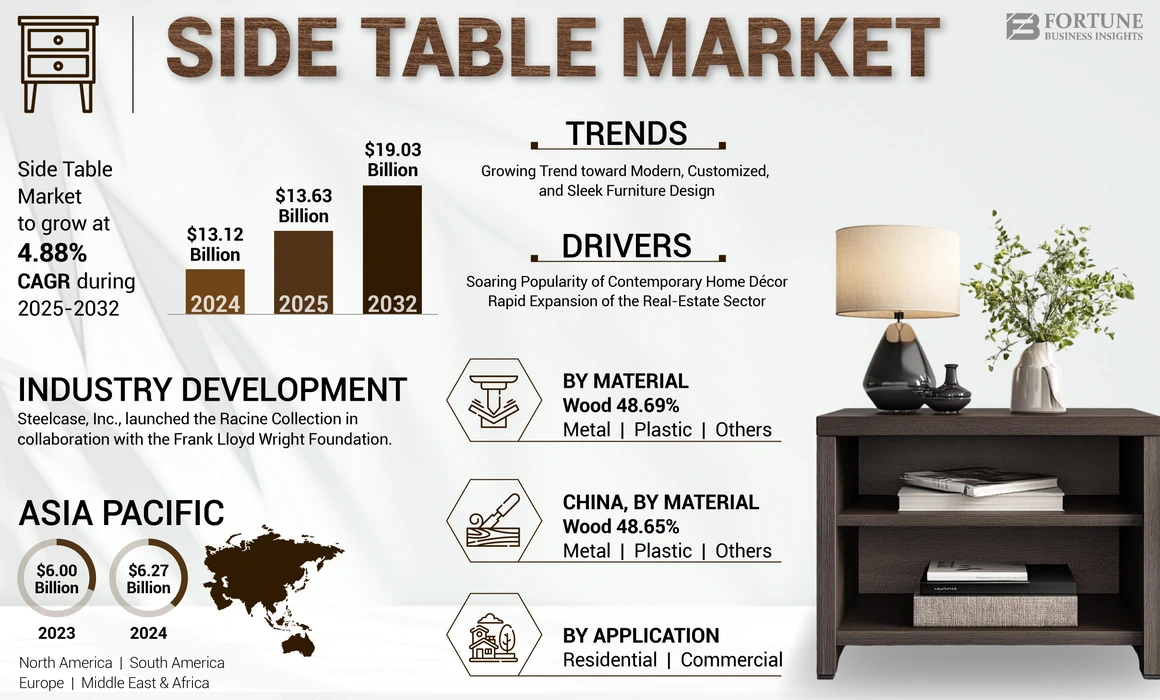Luxury Clothes Market Trends 2025–2032: Size, Share, and Industry Analysis
According to Fortune Business Insights, the global luxury clothes market is experiencing robust growth, driven by increasing consumer demand for premium-quality apparel that offers both comfort and social prestige. Luxury clothing has become synonymous with status, with high-income individuals fueling market growth across all demographics and geographies. The market is expected to expand steadily due to innovation, customization, and the growing appeal of designer fashion globally.

Key Market Insights
Luxury clothes offer unmatched comfort, superior durability, and timeless style—characteristics that reinforce brand loyalty and drive long-term value. High costs and exceptional quality make these products desirable status symbols. Brands like Gucci, Louis Vuitton, Dior, and Prada are leveraging cutting-edge design, fabric innovation, and strategic endorsements to expand their consumer base and maintain brand exclusivity.
Mobile boutiques and online platforms are reshaping the retail landscape, creating new revenue streams and providing personalized experiences. Furthermore, fashion-conscious millennials and Gen Z consumers are influencing modern trends, pushing the boundaries of luxury fashion consumption.
Key Players Profiled
- LVMH
- Prada Spa
- Burberry
- Dolce & Gabbana
- Gucci
- Versace
- Saint Laurent
- Givenchy
- Hermès
- Fendi
- Dior
- DKNY
- Stella McCartney
- Salvatore Ferragamo
- Georgia Armani
Request a Sample PDF: https://www.fortunebusinessinsights.com/enquiry/request-sample-pdf/luxury-clothes-market-104407
Market Drivers
- Rising Disposable Income: Global wealth growth, especially in emerging economies, is pushing demand for high-end fashion.
- Growing Influence of Fashion Trends: Seasonal fashion cycles and celebrity culture encourage frequent wardrobe upgrades.
- Expansion of Online Luxury Retail: E-commerce platforms and digital showrooms are making luxury fashion accessible to a broader audience.
- Premium Materials & Customization: Consumer preference for high-quality fabrics like silk, leather, and denim fuels product differentiation.
Market Restraints
- Counterfeit Products: The proliferation of fake luxury items undermines brand trust and limits premium segment growth.
- High Price Sensitivity in Emerging Markets: Cost remains a barrier for middle-income consumers in certain regions.
- Lack of Brand Awareness in Tier-2 & Tier-3 Cities: Many potential customers are unaware of authentic designer options.
Regional Analysis
Asia Pacific
- Market Leader due to a booming online retail sector in China and India.
- Government support for textile industry growth in India is boosting domestic fashion manufacturing.
Europe
- Home to iconic luxury houses like Burberry, Armani, Prada, and Gucci.
- Wealth concentration and fashion-forward culture maintain Europe’s dominant market share.
North America
- Rising celebration culture (weddings, events, galas) increases demand for luxury attire.
- The U.S. continues to invest heavily in fashion, with rising apparel expenditure reported by the S. Bureau of Labor Statistics.
Luxury Clothes Market Segmentation
By Product Type
- Top Wears (dominant): shirts, coats, t-shirts, jackets
- Bottom Wears
- Inner Wears
- Full Wears
By Category
- Casual Wear (leading): Growing popularity in workplace and formal events
- Formal Wear
- Others (Costumes, Partywear)
By Material
- Fabric (major share): Silk and premium blends preferred for comfort and luxury
- Leather
- Nylon
- Others (Polyester, Denim, Fur)
By End-User
- Men (dominant): Spend significantly more than women on luxury fashion
- Women
Speak to an Analyst: https://www.fortunebusinessinsights.com/enquiry/consulting-services-forms/luxury-clothes-market-104407
Recent Industry Developments
- Vince acquired Rebecca Taylor and Parker to diversify its portfolio (Nov 2019).
- In January 2020, Virgil Abloh launched the “Cloud Nine” LV men’s collection aligning with futuristic trends and luxury detailing.
The global luxury clothes market is set for significant growth, propelled by rising consumer affluence, evolving fashion consciousness, and digital retail innovation. However, combating counterfeits and educating emerging markets about authenticity will be essential to sustain long-term profitability.
